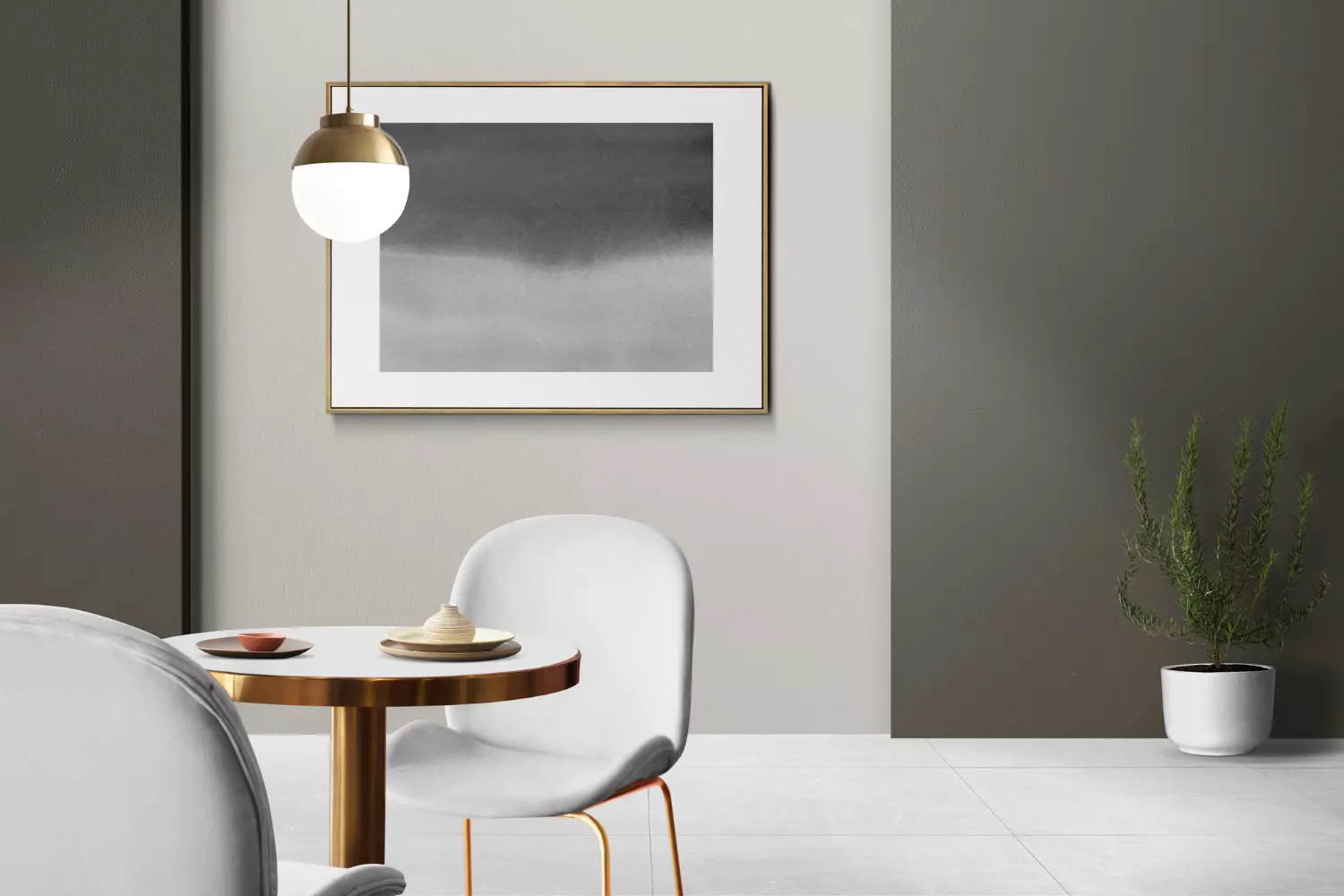How to Start an Interior Design Business
Table of Contents
- How to Start an Interior Design Business
- 1. Create an Interior Design Business Plan
- Do You Need Help in Creating an Interior Design Business Plan?
- 2. Choose the Services You’ll Offer
- 3. Calculate Startup Costs
- 4. Get License and Permits
- Do You Need an Interior Design Business License?
- 5. Select Your Business Name
- 6. Form a Legal Entity
- Need to Register an Interior Design Business?
- 7. Set Your Service Rate
- 8. Market Your Decorating Business
- Other Major Business Services for Interior Design Business
- FAQs:
As we move further into 2025, the home decorating business and Interior Designers’ business is booming along with the economy.
Consumers who purchased homes in the last couple of years are now looking to follow that trend or spend their money on updated furnishing, Interior design business plans’, new wall colors, and luxurious kitchens and bathrooms.
And the kind of research that makes running a business less stressful and more fun.
But as the industry sees a boom, and Instagram and Pinterest bring new ideas to consumers faster than ever before, it can be overwhelming for interior design business owners who aren’t sure if they should update the way they do things or lower their risks by staying with the tried and true.
How to Start an Interior Design Business
“From a consumer standpoint, it’s always awesome to get a professional’s opinion or assistance,” said Joseph Ferriolo, Director of Wisebusinessplans. “We recognize that from our clients: Smart, savvy business people, with amazing interior design business plans, who still know how valuable it is to consult with an expert.
When you’re staring at the walls of your new home, hoping for inspiration, an interior decorator’s help is invaluable.
But when you are an interior designer, you still need advice and planning sometimes.
That’s where we come in.” If you want to start an interior design business, here are some simple steps
1. Create an Interior Design Business Plan
Your first step should be to write a business plan for your decorating business.
Establish whether you will be a product-driven designer who conceptualizes the design and sells the client necessary products, or simply a consultant without selling products.
Typically, a less experienced designer starts as a product-driven designer.
Do You Need Help in Creating an Interior Design Business Plan?
Our clients no longer have to worry about the complexities of writing a professional business plan.
Our MBA-qualified business plan writers have written over 15000+ business plans for over 400 industries in over a decade.
Let Wise Create Your Interior Design Business Plan
2. Choose the Services You’ll Offer
The first thing you should plan is what type of service you’ll offer.
You need to make sure that you are not taking on more than you can handle as an interior designer.
As an example, if you only want to design kitchens and baths, you have to make that clear from the beginning.
3. Calculate Startup Costs
Decorating businesses are typically relatively inexpensive to start, and you will not need a large budget to get started.
It is extremely important to have a good computer and dependable transportation that is also in good shape.
In addition to sample books, business cards, software, and promotional materials, your startup costs will include these items.
4. Get License and Permits
For a business license, visit your local city hall or county clerk’s office to fill out an application, or apply online if that’s an option available to you.
It is vital to have all of the licensing requirements for starting an interior design business so you don’t run into any trouble later.
Business licensing and permit requirements are provided by the Department of State for individuals starting a business in various states.
Do You Need an Interior Design Business License?
Business licenses can be difficult to obtain. A Wisebusinessplans makes it effortless for you to acquire a business license for the interior design business.
Wisebusinessplans help you to Get your Interior Design Business License
5. Select Your Business Name
In addition to being memorable, a good business name should be evocative and easy to remember.
If you choose an imaginative name, you will be showing your creative side to your clients.
Your business name needs to reveal what type of professional service your interior decorating company will provide.
Recommended: How to Choose a Business Name
6. Form a Legal Entity
Your state or province will require you to register your business name after you’ve chosen it.
If your home decorator business is harmed, setting up a legal business entity, such as an LLC or corporation, protects you from being held personally liable.
Business structures include sole proprietorships, partnerships, limited liability companies (LLCs), and corporations.
Need to Register an Interior Design Business?
Our registered agents offer you a wide range of business formation services to make it easy for you to incorporate a business and focus on other tasks.
Register your Interior Design Business Entity Now
7. Set Your Service Rate
When you’re ready to set your rate, you’ll need to do some market research. What do other designers in your area charge?
Do you have interior designer friends or colleagues you can ask? Have you ever worked as an interior designer before?
Different types of rates include:
- Set an Hourly rate
- Get a Percentage of the Overall Project Cost
- Charge a Fixed-rate for a Specific Job
- Price your Work at per Square Foot
8. Market Your Decorating Business
A variety of paths can be taken by advertising. It may be a good idea to start spreading the word about your business by word of mouth.
It is important to speak with as many members of your community as possible.
Make them aware of your business and encourage them to contact you if they have any questions
Ferriolo said the experts at Wise have learned, over the years, that it’s best to tailor the product to the client as much as possible.
“If you have a client who is determined to be on the cutting edge, let them show you what that means for them,” he said. “Also, One of our best tips is to keep your client involved every step of the way.
We do that with our interior design business plans, and making sure our clients know they are in control of the message their plan sends out is so rewarding and makes the plan that much better.”
Visit our business plan sample page to view our real sample business plans written by professional MBA business plan writers related to over 400+ industries.
Wise also offers stand-alone market research and other products to help gauge what’s in and what’s likely to soon be out of fashion.
Plus, all Wisebusinessplans include a market analysis summary that will help interior decor business owners and entrepreneurs understand the design and furnishing trends of the community the client is serving.
“You want to showcase the client, to make them comfortable, through design. At Wise, we want to showcase you, and your business.”

Other Major Business Services for Interior Design Business
Starting an interior design business? With Wisebusinessplans, you will receive a quick and easy guide to starting your interior design business, as well as assistance in every step along the way from funding to registering or licensing a business entity, branding, and marketing. Creative entrepreneurs can gain investor confidence with the support of a professional business plan writer.
Following are our main services
- Digital Marketing
- Small business loan
- Business Credit Cards
- Venture Capital
- Business License
- Business Website Design
- Logo Business Branding
- Business Entity
Wisebusinessplans also offer net 30 accounts. A Net-30 account allows you 30 days to pay the bill in full after you have purchased products.
Managing your business finances is also easier with Net 30 accounts. Apply for your net 30 business accounts now
FAQs:
While formal education in interior design or a related field is beneficial, it is not always required. However, having a strong sense of design, creativity, attention to detail, and knowledge of industry trends are essential.
The licensing and certification requirements for interior designers vary depending on the location. It’s important to research and comply with any local or regional regulations that may apply to your business.
Networking, building a portfolio, and establishing an online presence through a website and social media platforms are effective ways to attract clients. Joining professional organizations and attending industry events can also help you connect with potential clients.
The startup costs can vary depending on factors such as location, office space, equipment, software, marketing materials, and initial inventory. Creating a detailed business plan will help you estimate the costs more accurately.
Identifying your unique style, offering specialized services or niches, providing exceptional customer service, and showcasing your portfolio can help differentiate your business. Building strong relationships with clients and delivering personalized designs will also set you apart.

